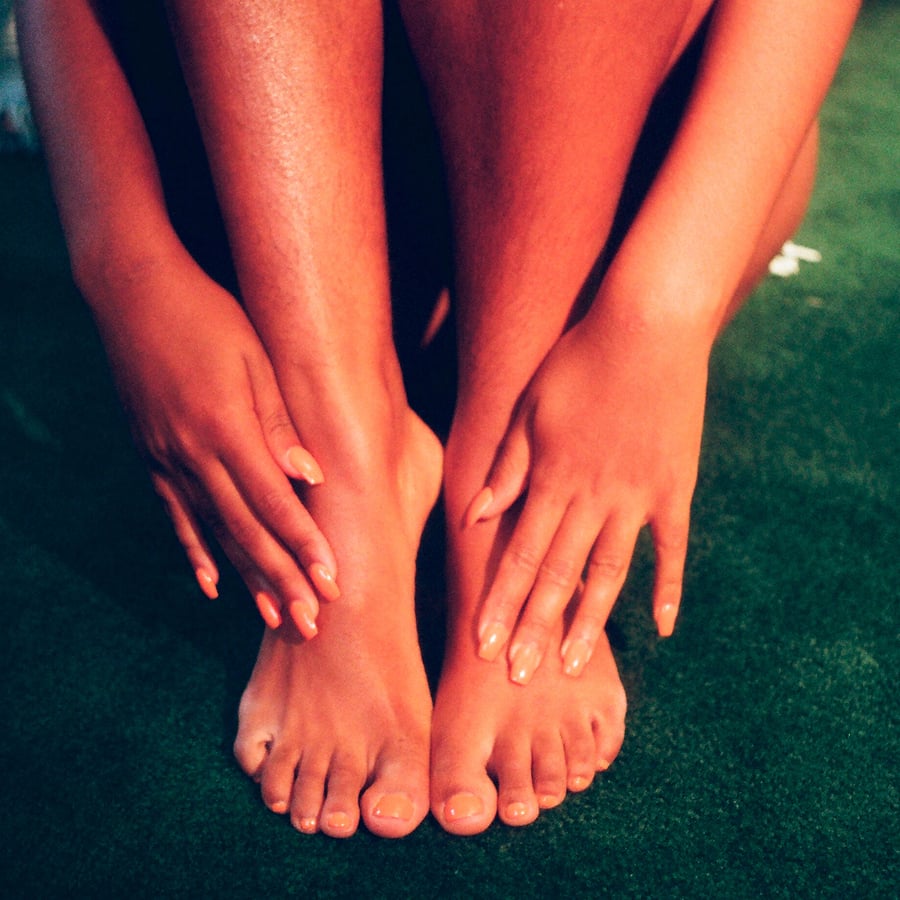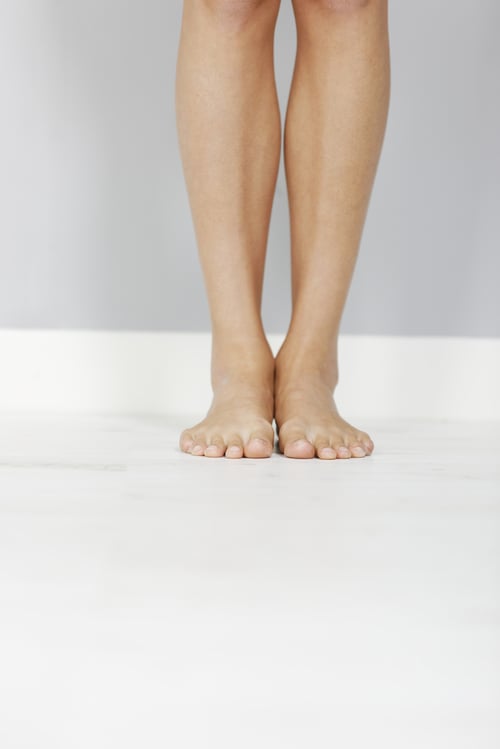
That thickened, sometimes painful bump on top of -- or between -- your toes can make even a short walk painful. Or perhaps you’ve been experiencing them on the sides or back of your feet. Wherever that friction point hits, corns can quickly go from minor annoyance to major irritant.
What’s the Difference Between a Corn and a Callus?
Corns and calluses are almost identical in terms of causes and symptoms. Both come from pressure or excessive friction, especially on areas like the feet, because bony areas are most prone to them.
The main difference between corns and calluses is where they’re found on your feet. Where callouses usually develop on the ball or heel of your foot, corns are more likely to appear on or between your toes, or sometimes on the sides or back of your feet.
Aside from their location, corns tend to be smaller than callouses, because the surface on which they grow is smaller. They’re also more likely to have a hard center, surrounded by swollen tissue. This inflammation can be painful if you press on it or wear tight shoes. Callouses, on the other hand, tend not to be as painful for most people (although people with conditions such as diabetes should be careful with any skin problem which can turn into a sore).
Avoiding Corns
If you’re prone to corns from new footwear, or expect to be doing a lot of walking in the near future, a few simple measures can head corns off at the pass. If you have any bony protrusions, bunion issues or a hammertoe, seeking help from a foot specialist can help remove this point of pressure that contributes to corns. Custom inserts can also mitigate a foot abnormality.
Often, however, it’s not a pressing medical issue that causes corns, but rather easily-correctable habits like wearing your shoes too tight. Choose sneakers, boots or dress shoes that are roomier, especially in the toe area.
In addition, consider visiting a shoe repair shop, which can stretch any hard-to-replace footwear in the areas that have been pressing on your feet. If amending the shoes or boots isn’t doing the trick, try unmedicated corn pads, or toe separators between your toes. And, of course, wear socks whenever practical, to reduce friction.
Home Treatment Options
Of course, the occasional corn isn’t always a call to drastic action. Often, it can be treated safely at home. A non-medicated pad can help reduce the size of the corn. (Ask a doctor before using the medicated type, which can irritate surrounding skin.)
Soaking your feet in warm water softens the roughened skin so that you can use a small pumice stone or clean nail file to gently remove the outer layers of the corn. Applying lotion will help keep the area from building up rough tissue again.
When Do You Need Professional Treatment?
If your corn becomes a wound that won’t heal, a foot specialist can make sure it doesn’t turn into a dangerous infection by evaluating the need for prescription ointment or special padding. In addition, the specialist will examine your feet to determine if any abnormalities are contributing to corn issues.
For many people, corns occur because of bony protrusions (known as bone spurs) or a hammertoe. These conditions tend to bring sensitive areas of the foot into closer contact with your footwear, resulting in corns. Your provider can trim the bony areas or correct hammertoes through targeted, but simple, procedures.






